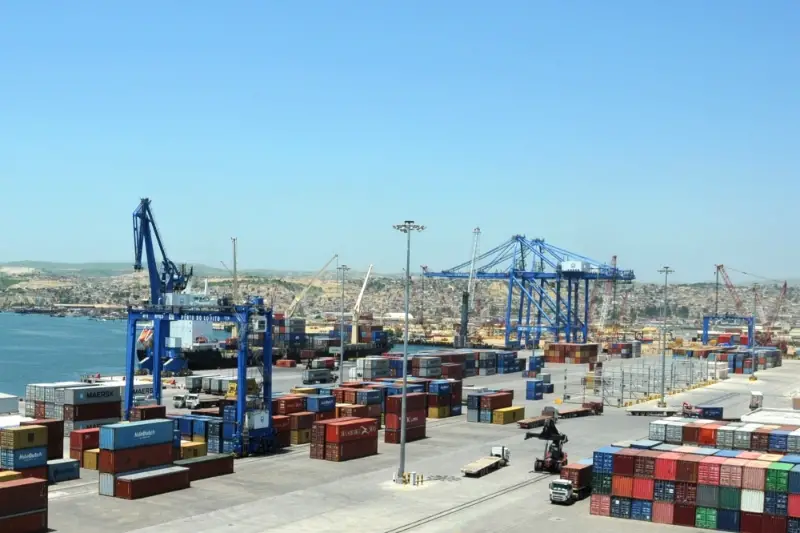By 2038, the Angolan government wants to invest more than US$445.5 million (392.3 million euros) in the construction of 21 logistics hubs in Angola to reduce the problems of goods transportation, which is still primarily reliant on-road transit. The details were revealed at the initiation of an international public tender in Zaire for the concession, building, operation, and commercial management of the Soyo and Luvo Logistics Platforms.
Also Read: New BNA cash Center in Angola at the Luanda Bengo Special Economic Zone
Diversifying the Nation’s Economy
Ricardo de Abreu, the Minister of Transport, stated that each of the platforms created by 2038 would have unique qualities that will complement one another. According to him, the logistics platform network will be an important part of the plan to diversify the national economy, and depending on the province where they are installed, they will make storage, conservation, and flow of production from productive, rural, and fishing areas, as well as from agri-industrial hubs, easier.
According to the minister, Angola is placed 162 out of 163 nations in the World Bank’s Logistics Index. The organization estimates that transportation and logistics expenditures in Angola were 16.7% of GDP in 2017. This is more than double what the most developed economies have. Six logistics hubs in Angola are expected by 2022, which will help the country’s regions realize their full economic potential and meet residents’ and businesses’ rising demand for products and services.
Solidifying Angola’s Geostrategic Position
With the SADC area in mind, the minister noted that the National Network of Logistics Platforms would decide to cement Angola’s geostrategic position as a reference point for commodities entrance and departure in southern and central Africa. Mário Caetano Joo, the Economy Minister, claimed that this network of logistical platforms would aid the dynamics of the regional integration process in southern and central Africa, which Angolan exports might fuel. He stated that without these logistical systems, we have already witnessed a fascinating dynamic in exports, with the Republic of Congo, the Democratic Republic of Congo (DRCongo), and Cameroon being the primary markets at the time.
According to the Economic Minister, cement, alcoholic beverages, soft drinks, and packaging are the top exports. He went on to say that they are the first four that have been gaining traction in the area and that they have been monitored to see how non-tariff obstacles may be removed. According to the bearer of the Economy post, efforts are also being made to expand manufacturing to eastern areas, including the Congolese province of Alto Catanga, which includes Lubumbashi, the country’s primary economic center.

